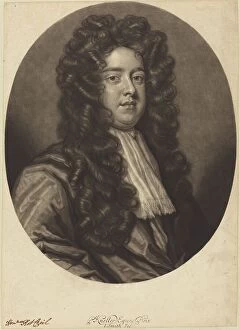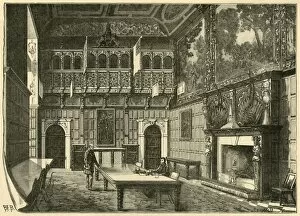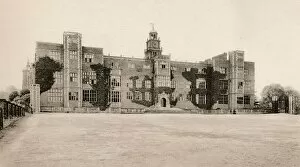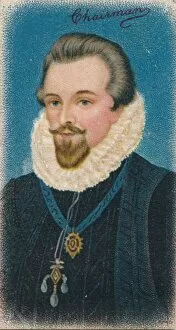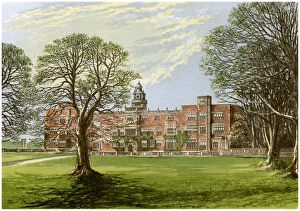1st Earl Of Salisbury Collection
The 1st Earl of Salisbury, William Longespée, was a powerful and influential figure in medieval England
For sale as Licensed Images
Choose your image, Select your licence and Download the media
The 1st Earl of Salisbury, William Longespée, was a powerful and influential figure in medieval England. As the illegitimate son of King Henry II, he rose to prominence through his military prowess and strategic alliances. Known for his loyalty to the crown and skill on the battlefield, he played a key role in securing victories for the English monarchy. His legacy as a statesman and warrior endures to this day, with many historians praising his contributions to shaping the course of English history. The title of Earl of Salisbury was just one of many honors bestowed upon him during his illustrious career, cementing his place among the elite nobility of his time. From leading troops into battle to negotiating treaties with foreign powers, William Longespée left an indelible mark on England's political landscape that continues to be felt centuries later.


